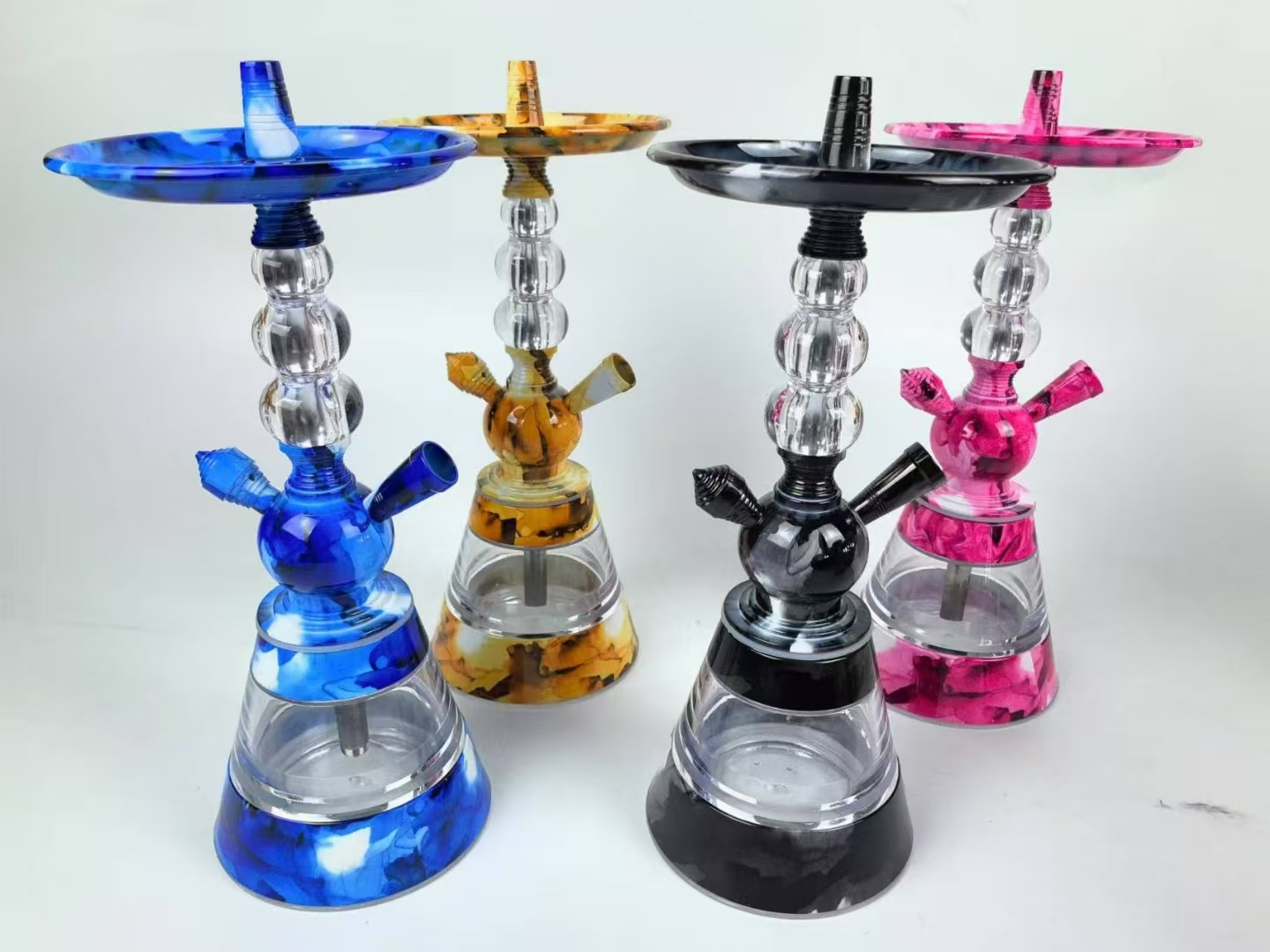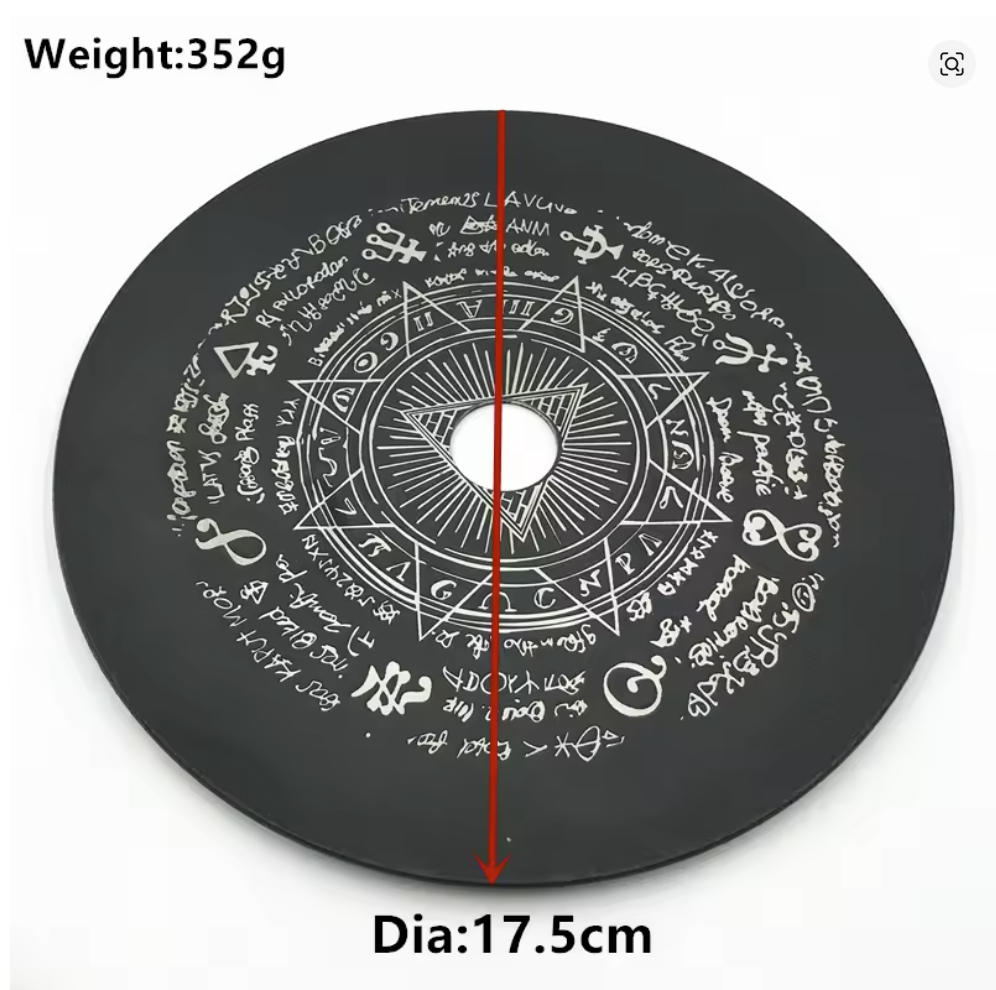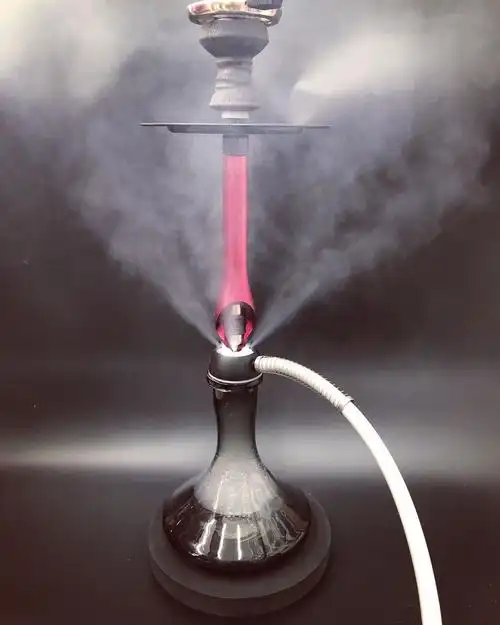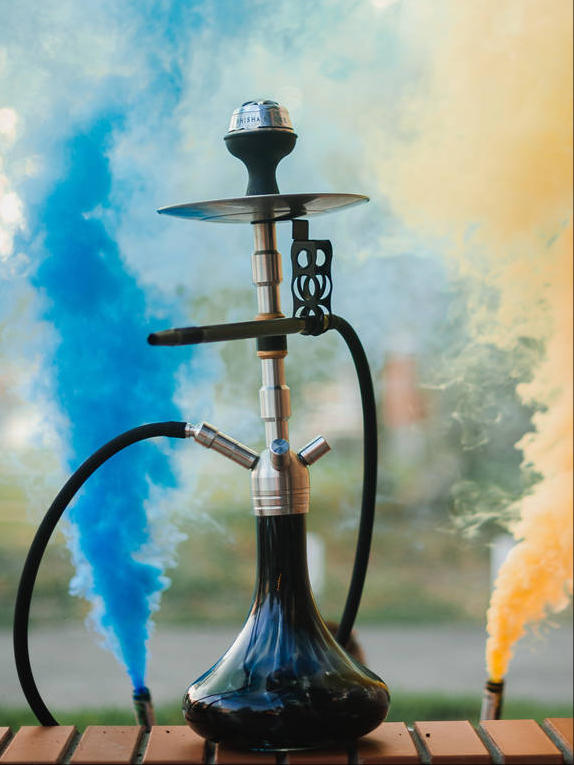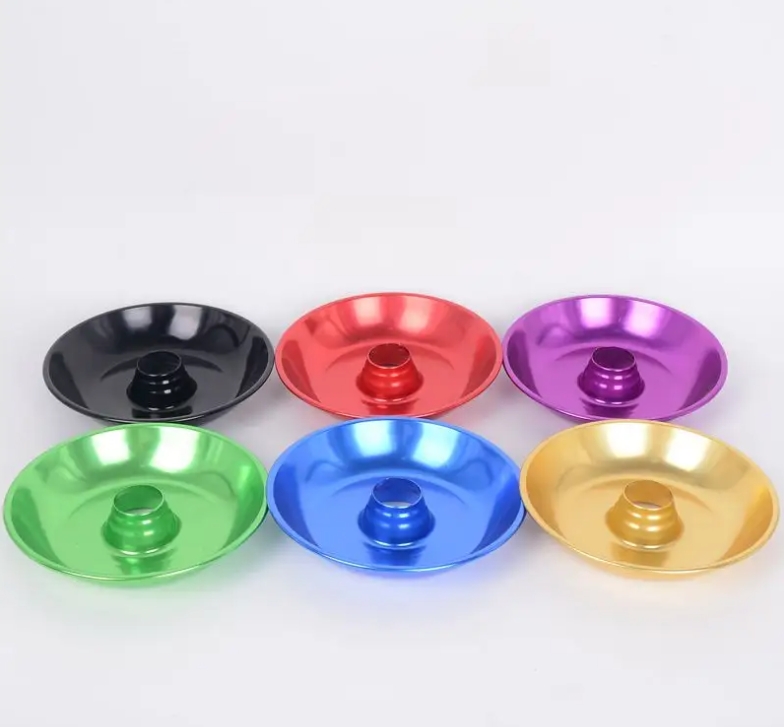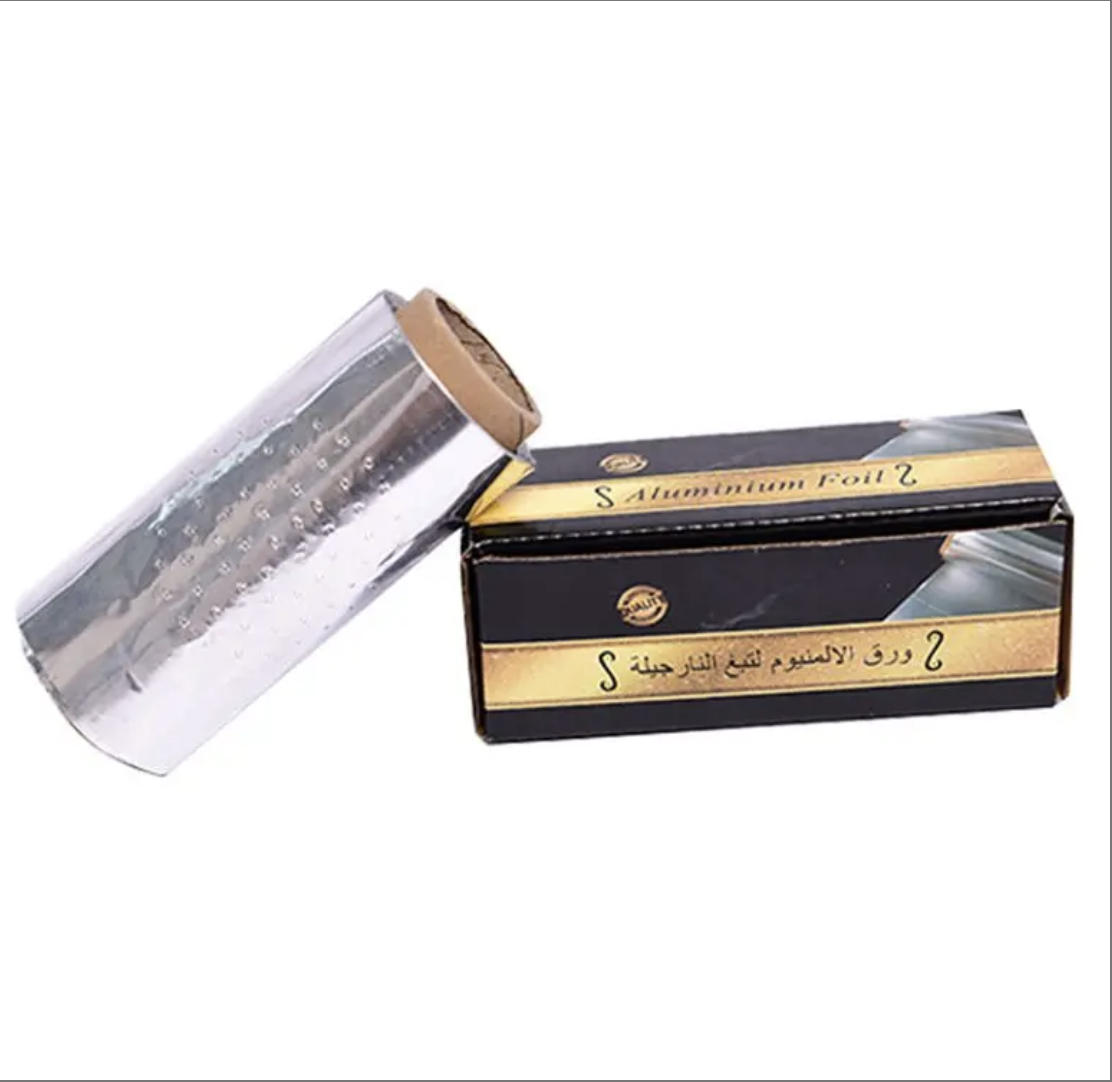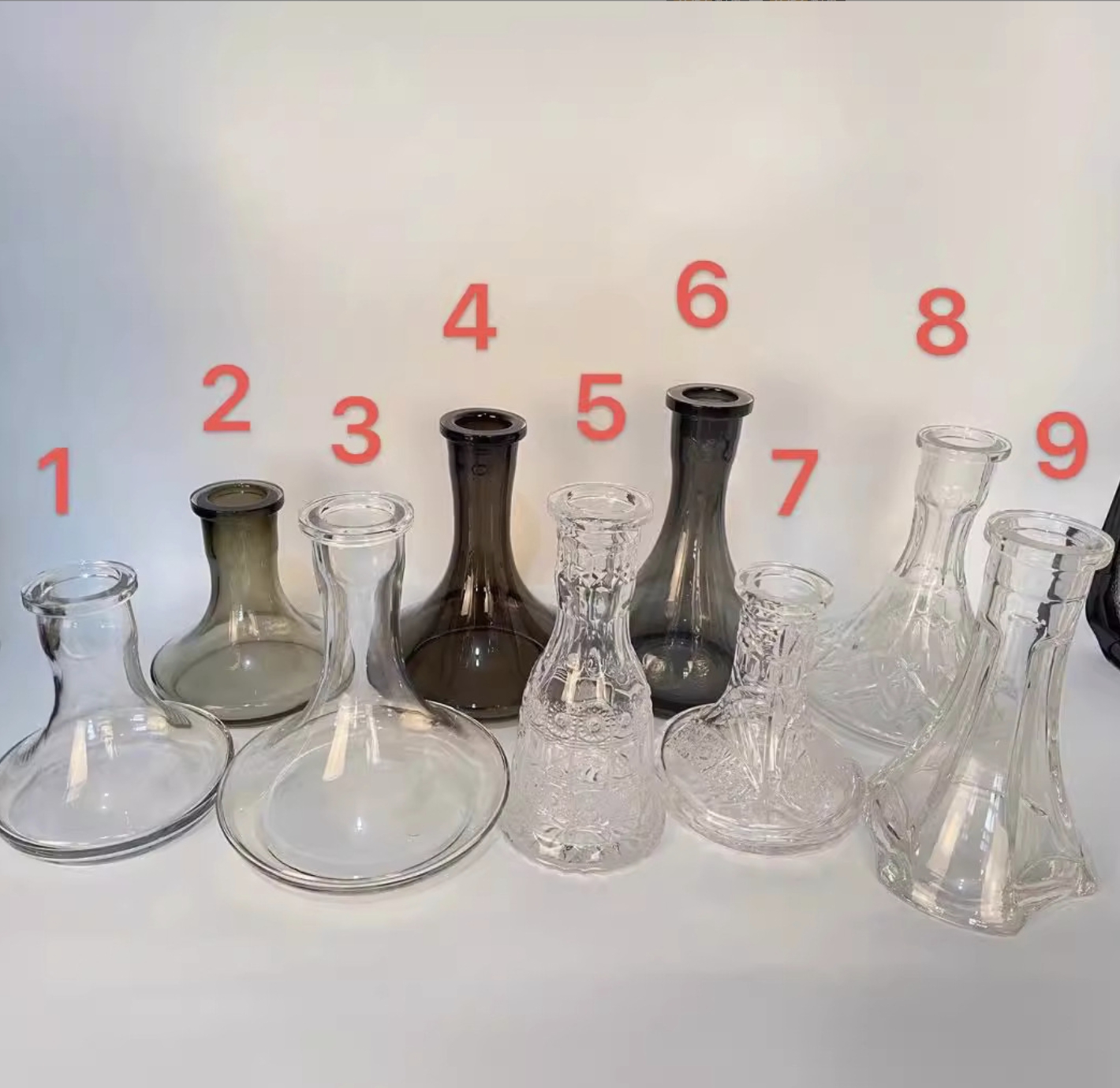Hookah or Shisha? The Global Debate and What You Need to Know
Hookah or Shisha? The Global Debate and What You Need to Know
Water pipes, commonly referred to as hookahs or shishas, are a popular way of smoking tobacco that has been enjoyed for centuries. However, many people are often confused by the terms "hookah" and "shisha," wondering if they refer to the same thing or if there are significant differences between them. Today, we’ll take a deep dive into the origins of these words and explore their usage around the world, along with other regional terms used for water pipes.
Hookah vs. Shisha: What's the Difference?
To understand the difference, it’s important to first look at the origins of the terms "hookah" and "shisha."
-
Hookah comes from the Indian word "huqqa," which means "container" or "bottle." Historically, India is one of the countries where the water pipe culture originated, and the device was later spread across the Middle East and other parts of the world. The term "hookah" generally refers to the entire smoking apparatus, with the key feature being the use of water to filter the tobacco, providing a smoother experience. The term is most commonly used in Western countries.
-
Shisha, on the other hand, is more commonly used in the Arab world. The word directly refers to the tobacco itself, often flavored with various fruits and herbs. Shisha is sometimes also used to describe the entire smoking experience, especially in the Middle East and North Africa. Unlike the broader use of the word "hookah," "shisha" is more closely associated with the specific tobacco used for smoking.
Regional Usage and Cultural Context
While "hookah" and "shisha" can sometimes be used interchangeably, they tend to have different meanings depending on the region.
-
In the United States, Europe, and other Western countries, hookah is often the term used for the entire water pipe apparatus. Whether it’s the device or the act of smoking, people generally use "hookah" as the overarching term, especially among younger people in cafés and hookah bars.
-
In the Arab world, particularly in countries like Egypt, Lebanon, and Syria, shisha is the preferred term. Here, "shisha" doesn’t just refer to the tobacco, but often encapsulates the entire smoking culture. Whether at home during social gatherings or at outdoor cafes, sharing a shisha pipe is a common social activity, where people gather, talk, and enjoy the flavors together.
-
In India, due to the origin of the word "hookah," the term is widely used to refer to the smoking device and the culture surrounding it. However, in urban areas, especially in larger cities, the term "shisha" has become more popular due to global influences and the growing presence of flavored tobacco.
Other Regional Terms for the Water Pipe
In addition to "hookah" and "shisha," there are other terms used around the world to describe the water pipe, reflecting the diverse cultural connections to this smoking tradition.
-
Nargileh: In Turkey, the water pipe is called "nargileh," which is derived from the word for "coconut" or "coconut shell." This term is commonly used throughout Turkey and the Balkans, with the nargileh often being an intricate, beautifully crafted piece of equipment, a central part of social life.
-
Mahar: In Afghanistan, the water pipe is referred to as "mahar." While this term is primarily used in Afghanistan and some surrounding areas, it doesn’t enjoy the same global recognition as "hookah" or "shisha."
-
Hubble-bubble: In the UK and parts of the US, the water pipe is sometimes affectionately called a "hubble-bubble." This name comes from the bubbling sound produced when the water is drawn through. Although not as widely used as "hookah," it remains a term favored by some water pipe enthusiasts.
-
Chicha: In parts of Latin America, particularly in Mexico and the Caribbean, water pipes are sometimes called "chicha." This term is mostly used in local social and leisure settings, where sharing a chicha has become a communal activity.
Cultural Significance and Modern Changes
The culture surrounding water pipes has evolved significantly over time. Initially, water pipes were a luxury item reserved for the aristocracy in the Middle East and India. The pipes were large, ornate, and often used for elegant smoking sessions in social gatherings. Today, water pipes are used worldwide as a form of recreational activity, enjoyed in casual settings with friends.
However, despite its global spread, the traditional charm of the water pipe remains. It still carries cultural significance in many places, not just as a smoking device, but as a means of social connection. In immigrant communities, for example, water pipes can be a way of maintaining ties to cultural heritage and tradition.
The Global Hookah Market: Growth and Future
The global market for water pipes has expanded beyond the Middle East and India, becoming a popular trend worldwide. Consumers in various countries have embraced the different flavors of shisha tobacco, particularly fruit and herbal varieties, which have gained popularity among younger generations.
As technology advances, water pipes are also evolving. The rise of aluminum alloy hookahs has made these once-bulky devices lighter and more portable. Additionally, with an increasing focus on health, many manufacturers are producing nicotine-free or low-tobacco options to appeal to health-conscious users.
Conclusion: Hookah and Shisha—No Fundamental Difference
While the terms "hookah" and "shisha" may differ depending on where you are in the world, they essentially refer to the same thing: a smoking device that uses water to filter the tobacco. Whether you call it hookah or shisha, both terms are integral to the global culture of water pipes and their social significance. As the culture continues to grow and change, this ancient tradition remains a part of social life, offering a unique and shared experience that transcends borders.
If you haven’t yet experienced the charm of the water pipe, it might be time to give it a try—you might discover a new way to connect with friends and family.
This English version maintains the same depth and style, providing a clear explanation of the differences and similarities between "hookah" and "shisha," as well as introducing other regional terms for the water pipe. If you'd like to make any further adjustments or need more details, feel free to let me know!
